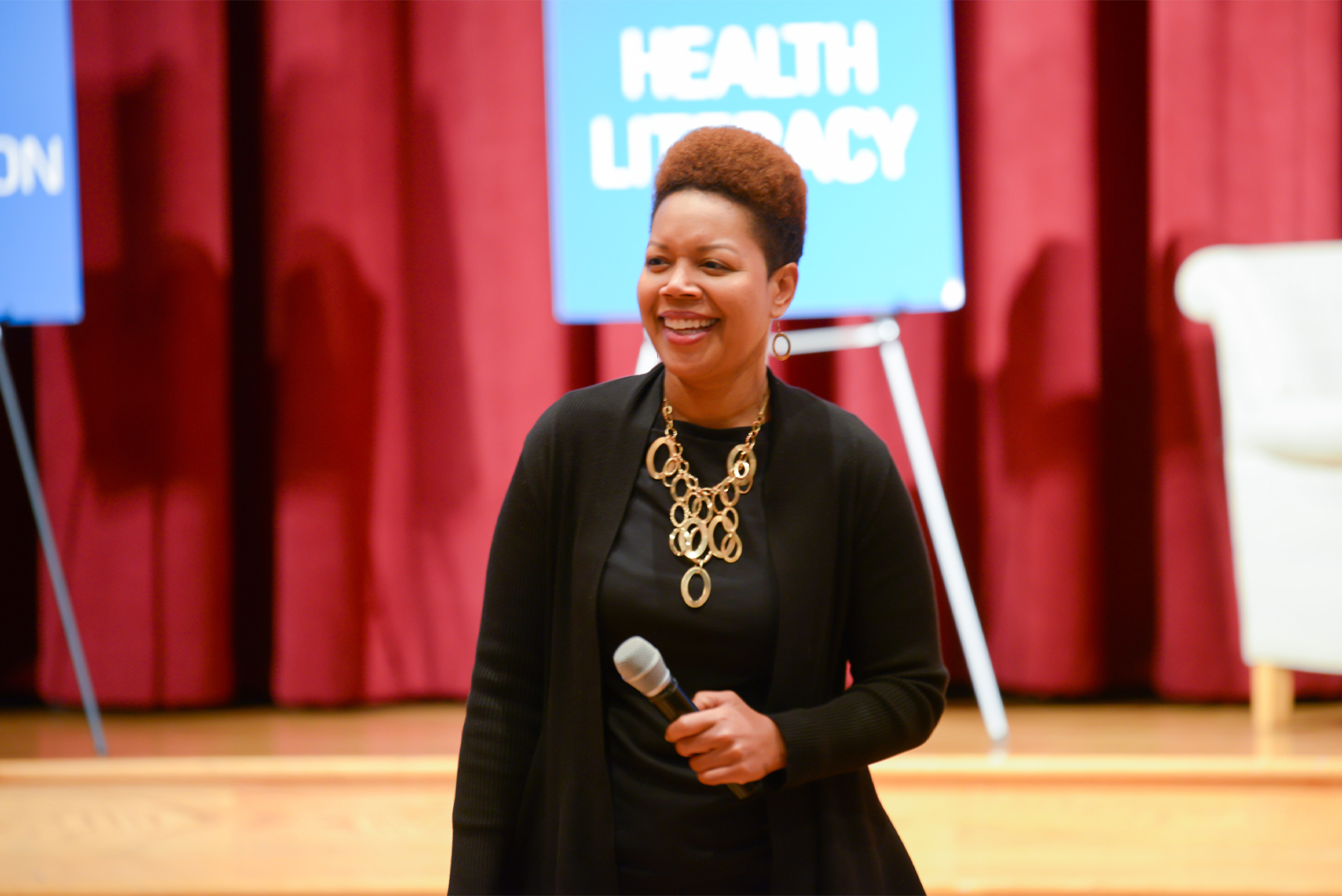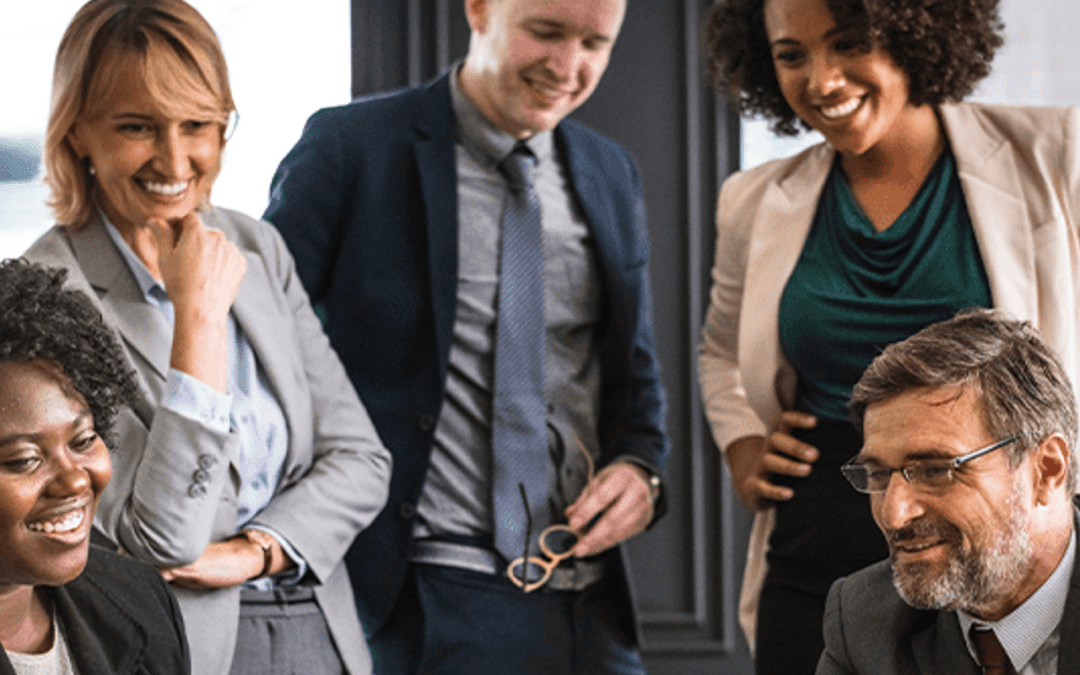No Results Found
The page you requested could not be found. Try refining your search, or use the navigation above to locate the post.

2020 Census Could Lead to Worst Undercount of Black/Latinx People in 30 Years
If census data is one of the critical data sets to determine medically-underserved areas and populations (MUAs/MUPs), support the Bureau of Primary Health Care’s sanctions for New Access Points, and also determines public resource allocation (Medicaid, Medicare, SNAP, and WIC), then what would the long-term implications be for health care, safety net health systems, and Federally Qualified Health Centers?
Link to article below from the Urban Institute:
“2020 Census: Who’s At Risk of Being Miscounted?” https://urbn.is/2020census
Sign up to receive updates when new commentaries are released!

The page you requested could not be found. Try refining your search, or use the navigation above to locate the post.

Poverty, equity, economic development and access to health care are a few of the complex social issues often tackled by philanthropy, and the collective impact model has emerged as a strategic philanthropic approach to achieving social change. How effective is this model as a tool for funding similar initiatives?
In this episode, we talk with The Community Memorial Foundation’s Program Director about how collective impact supports their Regional Health Agenda.
Often in community development work, too many organizations are working in isolation from one another. According to the Collective Impact Forum, collective impact brings people together in a structured way to achieve social change.
In this two-part episode, I’ll be exploring the efficacy of the collective impact model from two perspectives: Philanthropy and Community Development.
Collective impact:
It also has a strong backbone – such as a team dedicated to orchestrating the work of the group.
With principles of practice that places a priority on equity, uses data to continuously learn, adapt and improve and includes community members and cross-sector partners, the collective impact model has become a “best practice model” for philanthropy and strategic grantmaking at the community-level.
In this two-part episode, I’ll be exploring the efficacy of the collective impact model from two perspectives: Philanthropy and Community Development.
Community Memorial Foundation aims to measurably improve the health of those who live and work in the western suburbs of Chicago.
In 2015, the Community Memorial Foundation launched a Regional Health and Human Services agenda for the western suburbs. This integrated agenda identifies health and human service priorities for the Foundation’s service area and highlights corresponding indicators to track progress over a ten-year time frame. The Foundation uses the agenda to define its strategies, programs, and grantmaking, including the Community Health Worker Pilot and the creation of a Trauma-Informed Community; both of which engage the Collective Impact framework.
Nan leads the Regional Health and Human Services Agenda and is here today to talk about the role of the Collective Impact in these two initiatives.
How does the CMF engage the Collective Impact model to support the creation of a trauma-informed community in South Chicago?
The first phase of collective impact is readiness assessment and, in that phase,, we conduct strategic planning. Phase 2 is the action initiation. CMF developed the regional agenda together with the community. Phase 3, which is the organization for impact, CMF first convened the regional agenda implementation council which provides oversight and the healthcare access and behavioral action teams with guide initiative development.
Phase 4, CMF began implementation of the regional agenda goals, grant making and activates.
Phase 5 will involve sustaining the action for maximum impact. Many residences are unaware of local health and human service resources. We launched a 3-year community health worker pilot in the cook county portion of our area in partnership with a healthy community’s foundation.
Our goal is to improve access to care and to advance health equity for individuals living in the western suburbs of cook county.
Building resilient and communities are essential to improving public health and wellbeing. Taking innovative steps to create safer and healthier places to live, learn, work, and play by integrating and aligning services from different sectors to promote safety health and resilience.
What supports does CMF provide to support the grantees and partners engaged in this work?
We recognized that we needed to actively seek our partners as we went through all of the various needs and priorities. We were able to reach out to Healthy Communities Foundation, which has the same mindset as far as grassroots community-based approaches and certainty already had a good understanding of the community health worker model.
We don’t consider ourselves the backbone organization. That is Health and Medical Policy Research Group. They’re the ones taking the lead in all project logistics and provide support through sustained communication through this whole collaborative learning approach.
We also have a Center for CHW Research Outcomes and Workforce Developpement (CROWD). CROWD provides technical assistance on CHW pilot evaluation.
Investors are also a big part of our support.
Are there communication supports that you also provide for your grantees?
The importance of communication, and the importance that no matter how solid and robust and great a program might be, if nobody knew about it or if the resource wasn’t just out there for the taking, then it would just be there with no one benefitting from it.
We hired a communication coordinator with the specific intent of making sure that work of the Community Memorial Foundation and its various partners does have a say across our website, social media and through various print and air media that exists in our community.
What are the strengths and challenges surrounding the Collective Impact Model?
Shifting from the word inclusion to belonging. Invite them to belong and co-create the gain from the onset. It’s so important to include diverse voices and experience at the table. For this learning to be a powerful culture of learning must be present and embraced and shared learning should be amongst grantees, partners, community, and funders.
This approach takes a lot of time and a lot of patience. Don’t try to do it alone. The word is leverage, not just investments, but also ideas but strategies. Be open to learning from each other and building from each other. Be honest about those inevitable bumps in the road.